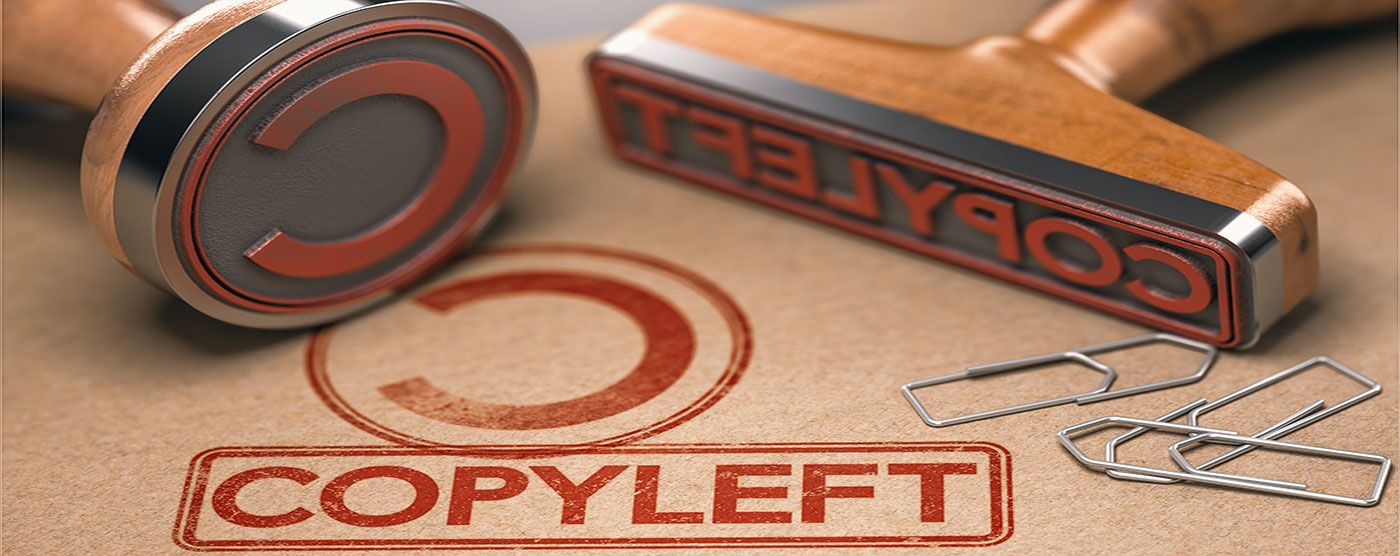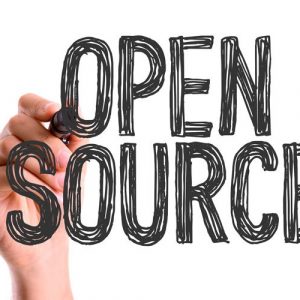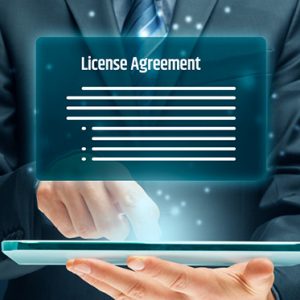What Is A Copyleft License? (Is It an Open-Source, When to Use It + More)
June 15, 2022

Copyleft is an open-source software license that allows users to modify and reuse intellectual property without restrictions. The only condition is that all the modifications must be freely available to other users. A copyleft license requires you to stick to the code’s original terms when redistributing the program.
The use of open-source software is on the increase. Most users prefer to use a copyleft license. All the open-source licenses allow users to modify and redistribute the software. The distinguishing feature of copyleft licenses is that users cannot put any restrictions to deny other users access to the modified aspects of the software.
A company that wishes to develop an open-source program under a copyleft license should be aware that anyone has the freedom to use and modify it upon distribution.
How does the Copyleft License Work?
When you apply a copyleft software to a piece of intellectual work, the end-users can modify and reuse the program. The only condition is that the user respects the same rights when making the program.
When users are redistributing the program, they cannot add restrictions that deny other users access to the software’s central freedoms. In redistribution, however, you do not have to use the same license but must ensure that all terms and conditions are compatible.
There are two types of Copyleft licenses: Strong and weak. The table below shows a summary of the differences between the two.
| Strong Copyleft License | Weak Copyleft License |
| Redistributing a program that has a GPL code requires you to avail the whole program under GPL. | Users can keep the licensed code in individual files, and combine it with other codes to create an aggregate. |
| New files cannot be released under a different license nor can they be made proprietary. | New files may be released under a different license, or made proprietary. |
| Examples: GPL v3, GPL v2 and Affero GPL License. | Examples: Mozzila Public License 2.0 and Common Development and Distribution License, (CDDL). |
Is Copyleft an Open-Source License?
Yes, copyleft is a form of open-source license. It is applied in the distribution of free software. Users do not need to make any payments to use the software. However, open-source licenses often have a condition that users must meet. For a copyleft license, the condition is that users stick to the original terms and conditions when modifying and sharing the program codes.
When To Use Copyleft Software License?
The decision on the license type to use for your software depends on several factors. Some of the factors include the purpose of the software and how you want other people to interact with it. A copyleft license is your best shot when:
- You are running a commercial project.
- You do not want any third parties to make your code proprietary.
- You wish to share your progress with the OSS community.
- You are working within a community that prefers using a copyleft license.
- You believe in the communal approach to software development.
Conclusion
Copyleft is generally the opposite of copyright. The copyleft license is commonly used in the development of open-source software. It allows software developers and distributors to modify open source projects, which are then shared with the community. This article explains how a copyleft license works and when to use it.
FAQs
Is Copyleft the same as open-source?
No, it is not the same. Most copyleft licenses are open-source. However, this does not mean that all open-source licenses are copyleft.
Can I prevent bad people from using my software program?
Unfortunately, this is not possible. Since copyleft is an open-source license, everyone has freedom of access, including people with malicious intentions.

